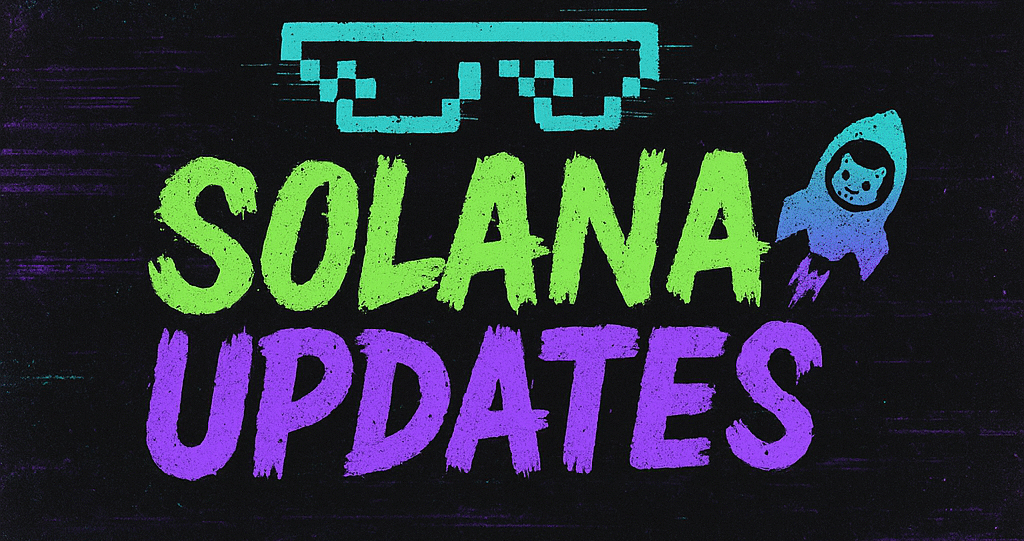Tim Draper: Macro Factors to Disrupt Bitcoin’s Halving Cycle
In the ever-evolving world of cryptocurrency, few voices resonate as loudly as that of venture capitalist Tim Draper. Known for his bullish stance on Bitcoin and his prescient insights into the digital currency market, Draper has once again made headlines. In a recent interview with Cointelegraph, Draper shared his perspective on how macroeconomic factors and the current state of fiat currencies could potentially disrupt Bitcoin’s historic four-year halving cycle.
The Halving Cycle: A Brief Overview
Bitcoin’s halving cycle is a well-documented event that occurs approximately every four years. During this event, the reward for mining new Bitcoin blocks is halved, a mechanism intended to control inflation and ensure a limited supply of the cryptocurrency. Historically, Bitcoin’s halving events have been followed by significant price increases, leading many investors to anticipate these events as opportunities for substantial gains.
Draper’s Prognosis: Macro Factors at Play
However, Draper suggests that this time around, the global economic landscape may play a more significant role in shaping Bitcoin’s future than the halving event itself. “We are in a unique economic environment where fiat currencies are deteriorating at an unprecedented rate,” Draper explained. He pointed out that inflationary pressures, geopolitical tensions, and central banks’ monetary policies are creating a volatile economic climate that could overshadow the traditional effects of Bitcoin’s halving.
As fiat currencies continue to lose value, particularly in emerging markets, Draper posits that people may turn to Bitcoin not just as an investment but as a stable store of value. This shift in perception could lead to increased adoption and demand, potentially altering the usual post-halving market dynamics.
The Role of Institutional Investors
Draper also highlighted the growing interest of institutional investors in Bitcoin as a significant factor that could dampen the impact of the halving cycle. “We’re seeing more institutions entering the space, and they don’t necessarily operate on the same timelines or with the same expectations as retail investors,” he noted. Institutional participation could introduce a level of stability to Bitcoin’s price, reducing the volatility typically associated with halving events.
The Future of Bitcoin
Despite his concerns about macroeconomic influences, Draper remains optimistic about Bitcoin’s long-term prospects. “Bitcoin is still the best hedge against inflation and a valuable asset in any portfolio,” he affirmed. Draper believes that while macro factors may dampen the immediate impact of the halving, they will ultimately drive more people towards adopting Bitcoin, reinforcing its position as a leading digital asset.
As the world braces for another Bitcoin halving, investors and enthusiasts alike will be keenly watching how these macroeconomic factors unfold and what impact they will have on the cryptocurrency’s performance. Whether Draper’s predictions come to fruition remains to be seen, but one thing is certain: the intersection of global economics and cryptocurrency continues to be a space of intense interest and potential.
🛒 Recommended Product: Check out top-rated crypto gear on Amazon


